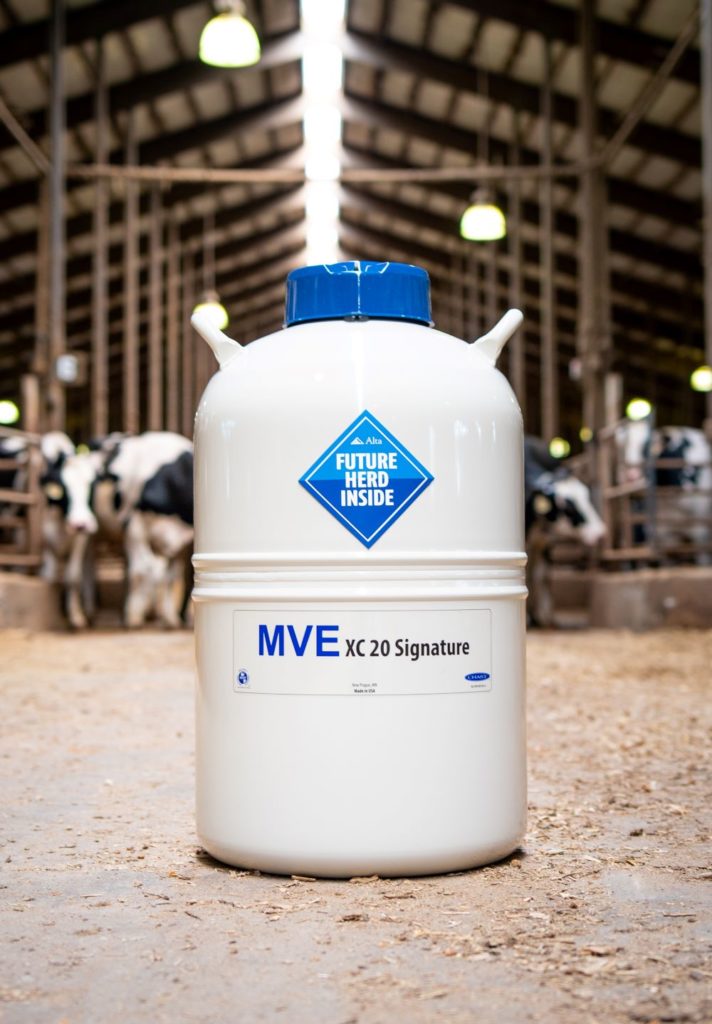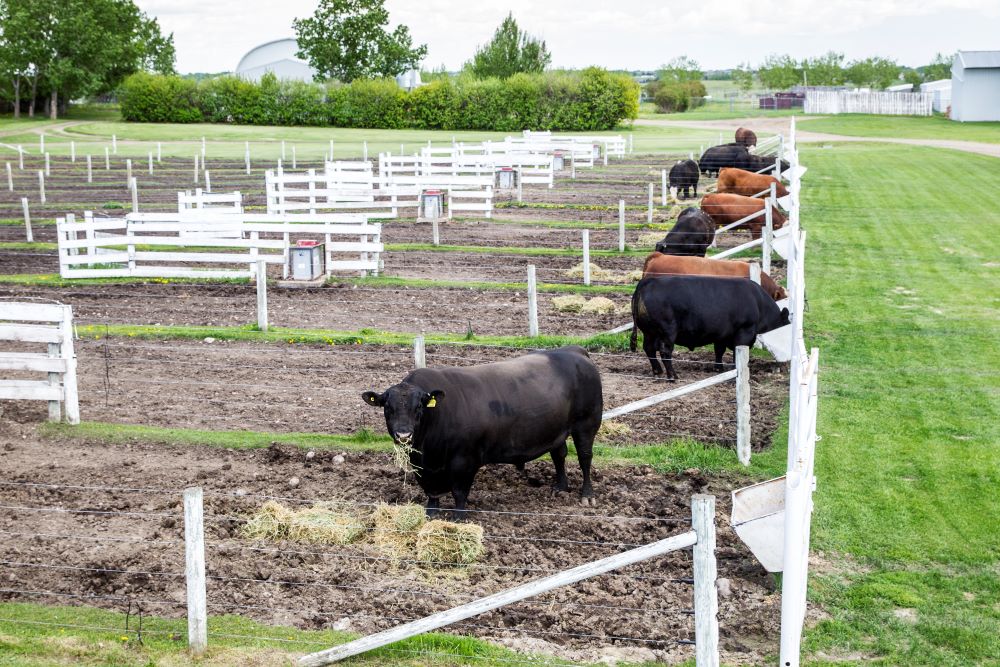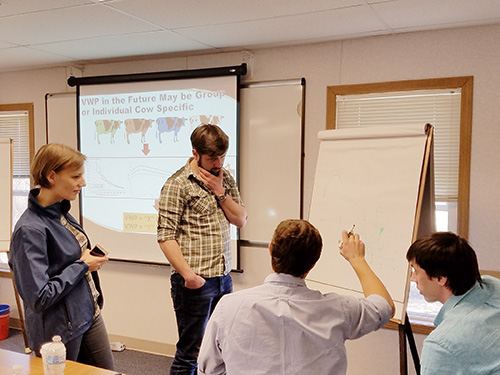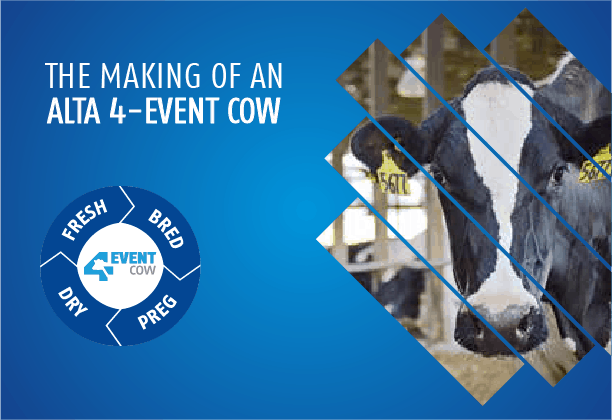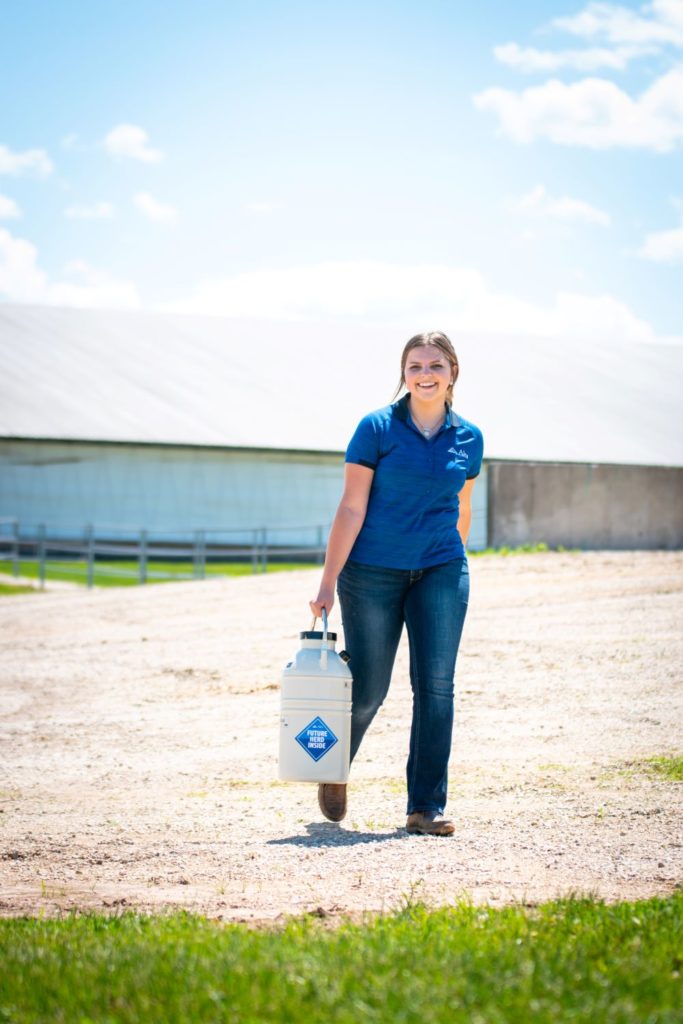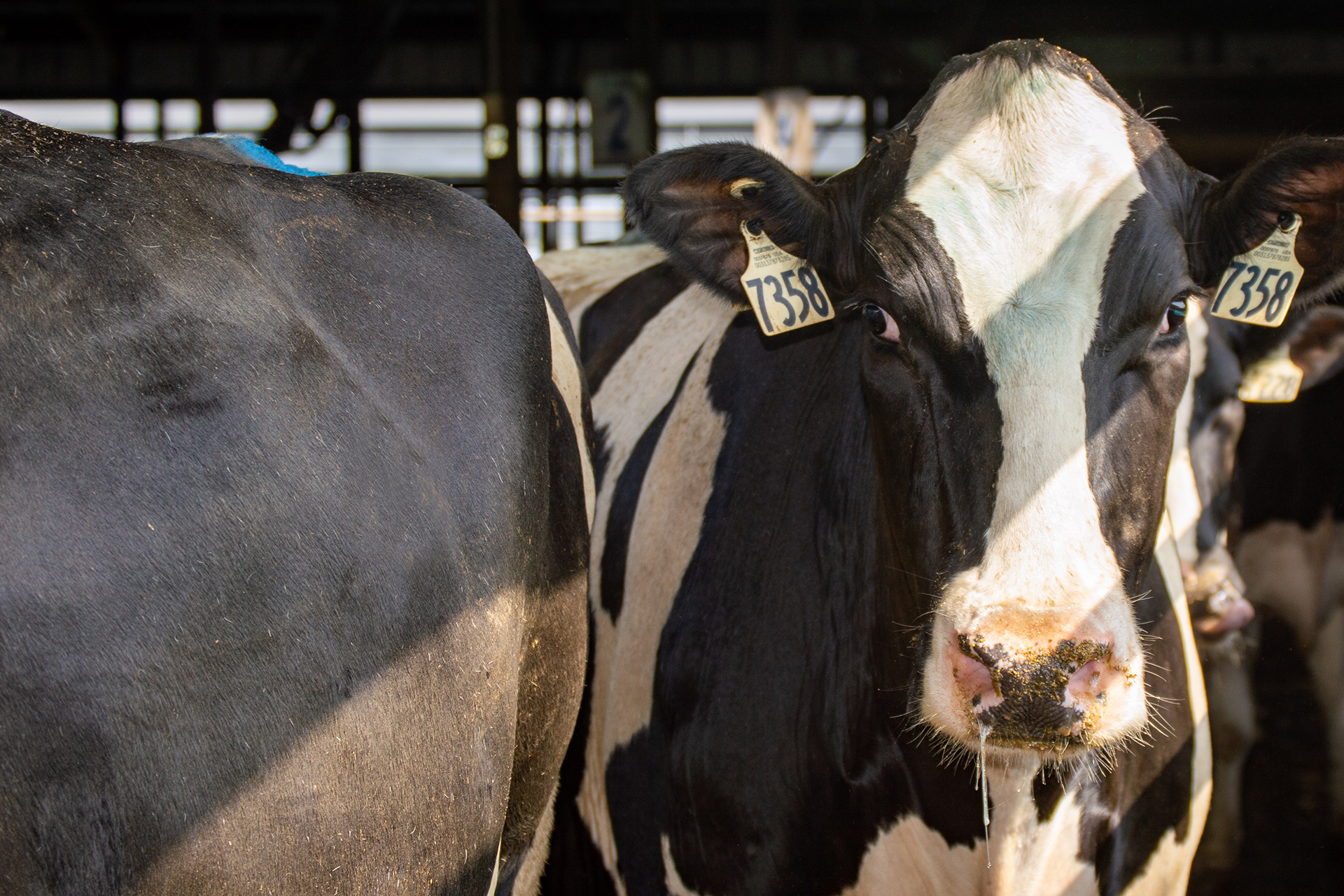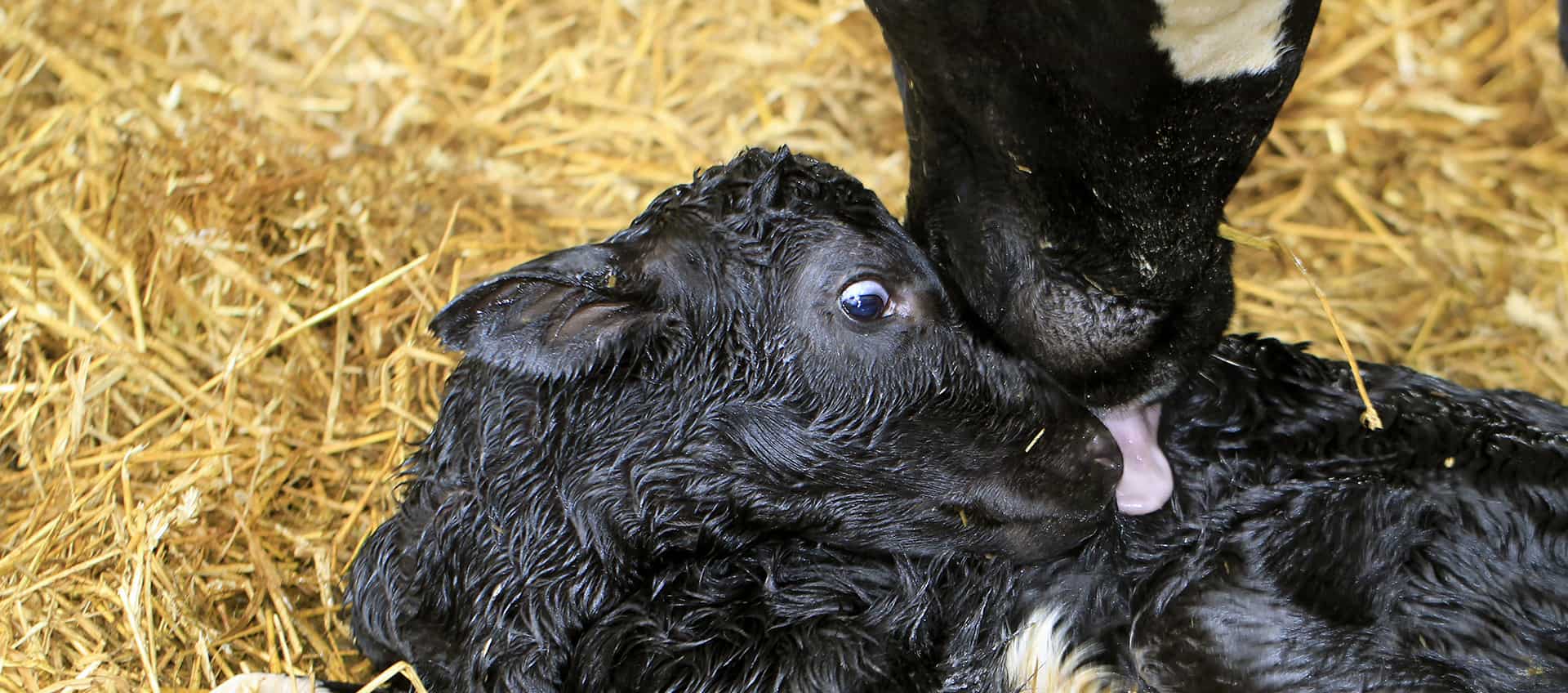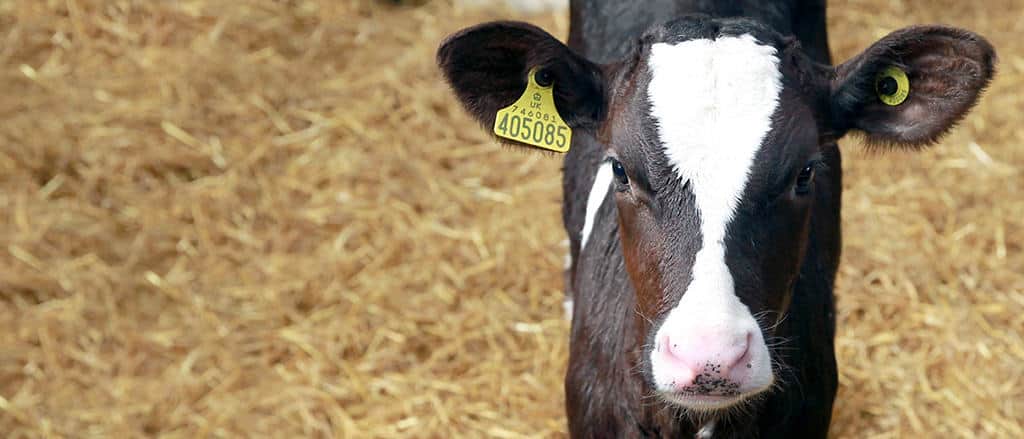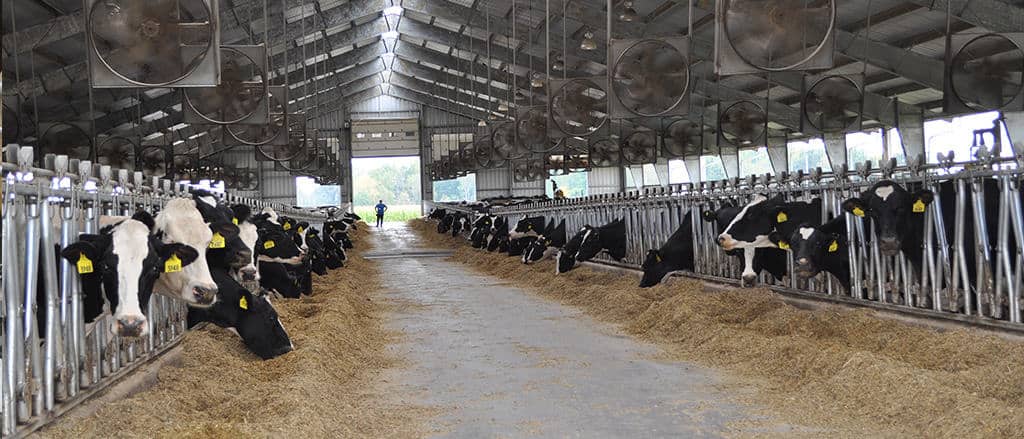Optimizing reproductive success is a key factor in enhancing profitability for dairy farms. The fewer days your livestock remain open, the more significant the financial gains for your operation. In this article, we’ll explore actionable steps to boost reproductive success and maximize returns on your farm.
1. Provide the best transition period possible
It may go without saying, but everything that happens to a cow before, during and after calving prepares her for how she will perform reproductively. And that starts with providing an adequate dry period for each lactation group. Regardless of the standard dry period length you set, keep in mind that first lactation cows will have a shorter gestation by about 8-10 days.
After calving, a well-managed fresh cow program will result in fewer sick cows with less metritis, ketosis, milk fever, retained placentas, mastitis, etc. And fewer fresh cow problems lead to healthier cows, ready to get in on the reproductive game, right on schedule.
2. Synchronize ovulation
It’s a fact that not all cows will show heat on their own. To help them out on the path to a pregnancy, a synchronization program provides that added assistance that some need to come into estrus.
To determine your best bet for a synchronization program, many factors should come into play. High producing herds may have a different strategy and voluntary waiting period (VWP) than low producing herds. And farms with headlocks and plenty of labor may choose an alternate strategy than farms with a palpation rail or a limited labor force.
Keep in mind that compliance is the number one enemy of successful synch programs. Every synch protocol can provide great results if compliance is 100%.
Once your synchronization plan is in place, you will also need to decide whether to cherry pick cows to breed in standing heat off the first or second prostaglandin shots, and how you’ll resynchronize any cows checked open.
3. Handle semen properly
Semen handling is a key step in reproductive success that can make or break your conception rates. Despite the care taken to ensure quality semen delivered by your AI company, many issues can happen at precisely the moments of thawing semen and loading AI guns. Improve your odds for more pregnancies with these fundamental semen handling tips.
- Raise canisters no higher than the frost line as you transfer semen from the tank to the thaw unit.
- Withdraw semen from the tank and into the thaw unit within 5 seconds. If you can’t get what you need within that time, lower the canister back into the tank, wait 10-15 seconds, and then try again.
- Change water and clean the thaw unit on a daily basis. This prevents temperature variation and mold growth from mineral deposits that could form in the heating plate of the thaw unit.
- Thaw semen straws at 95 o-98o F for a minimum of 45 seconds.
- Pre-warm your sheaths and AI guns inside the gun warmer before loading your guns.
- Use a gun warmer to help maintain semen quality during the time between thawing a unit of semen and actually breeding the cow.
- Clean and maintain the gun warmer and AI guns on a daily basis.
- Ensure that the time between thawing and breeding the last cow does not exceed 10 minutes, so do not thaw more units than the number of cows you can locate and breed in 10 minutes.
4. Master your AI technique
Just as professional athletes don’t get to the top without mastering their technique, dairy herds can’t achieve top reproductive success without implementing the perfect AI techniques. And while practice can make perfect, it’s perfect practice that takes you to the top.
Whether a technician from an AI company or an in-house breeder handles the inseminations on your farm, their thorough training is key. Routine checks by experienced trainers or technicians on semen placement and overall technique will help keep repro performance on the right track.
For training courses and refreshers on mastering breeding techniques, talk to your Alta rep or learn more here.
5. Take the time to heat detect
The first four fundamentals will never be enough if the cows being bred are not in heat or have not been setup correctly for timed AI. A cow in a strong standing heat is easy to identify, but many other cows come into heat without showing strong signs. Skilled technicians can tell the difference and notice secondary signs of estrus to breed those extra cows in heat.
Detecting heats like a pro requires dedication and time. Since many technicians have other responsibilities on the dairy, they often don’t spend enough time heat detecting.
Spending the time to notice just one extra cow in heat to breed each day would result in 365 extra cows bred per year. Assuming the four fundamentals above are in place, a 35% conception rate on those extra 365 cows in heat equates to 128 extra pregnancies per year!
If you want an easier and even more reliable way to heat detect on your farm talk to your Alta rep about Alta Cow Watch or learn more here.
Every dairy needs to get back to the basics of reproduction to keep repro results on track. Keep these five fundamentals in mind and comply with proper protocols to take your reproductive game to the top.
Written by Enrique Correal, Alta Reproductive Services Manager

